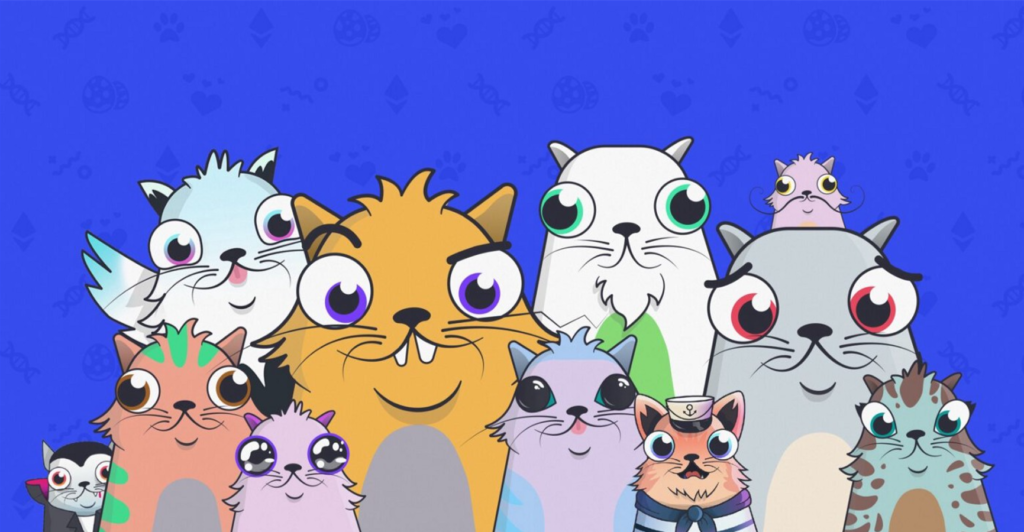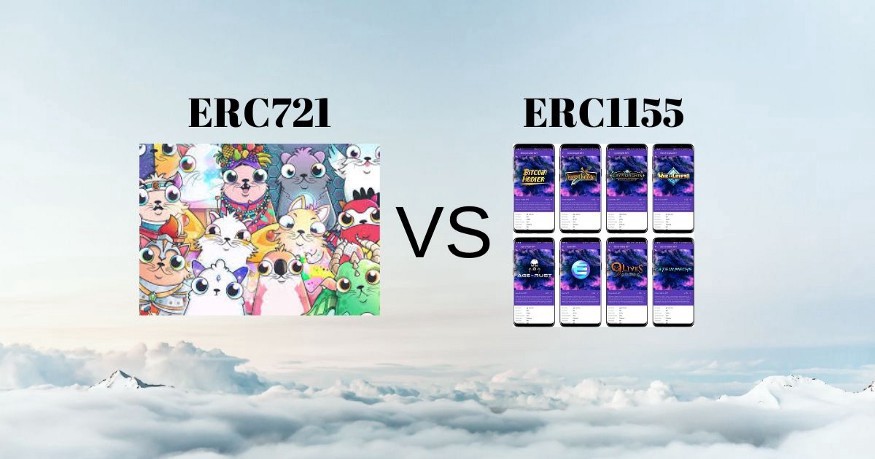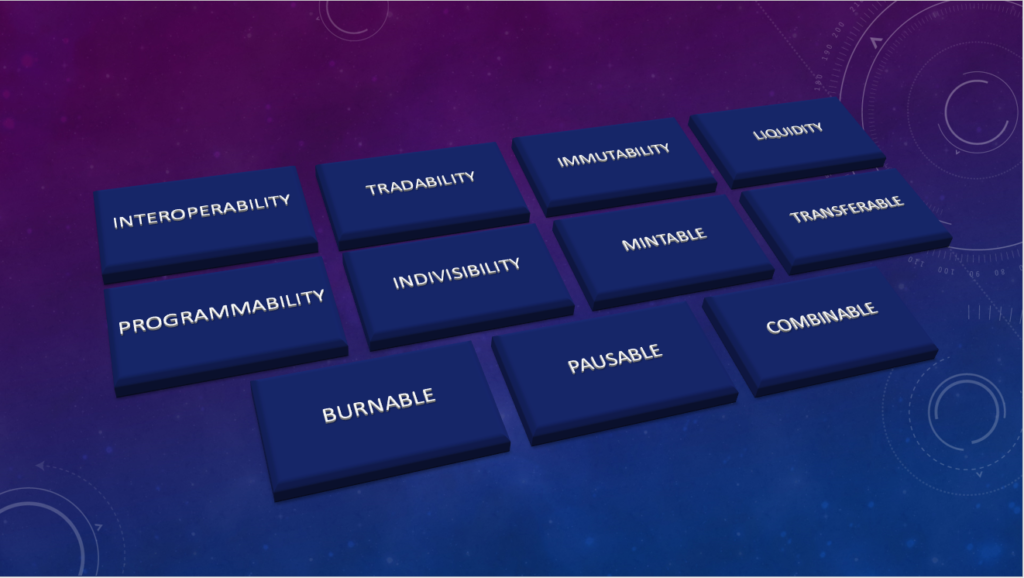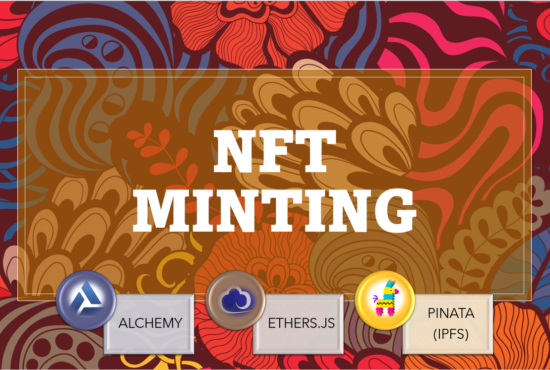A glance at 5 W’s of an NFT
This article answers the below 5 W’s of NFTs:
- What are NFTs
- What are the purposes of NFTs
- What are the standards of NFTs
- What are the attributes of NFTs
- What are the features of NFTs
What are NFTs?
NFT is a digital asset that represents a piece of art. What makes an NFT unique is its digital signature created by blockchain technology. It defines the ownership of an asset that can be bought and sold for real money or cryptocurrencies. NFTs are not interchangeable as it represents unique assets owned by a specific person. It protects the metadata attached with the image rather than the visual data we see with our eyes, and where the actual value resides. CryptoPunks and CryptoKitties are some popular NFT collections.

What are the purposes of NFTs?
NFT creates new opportunities for artists and art platforms, motivates people to buy art pieces from NFT marketplaces, promotes copyright or originality of digital assets. An NFT can also function as a ticket to events that adds value other than the value of art.
What are the standards of NFTs?
- ERC-721
Set of rules for NFTs defining them in such a way to identify something uniquely. It is based on deploying a separate smart contract for every token type or collection.
- ERC-1155
Supports both non-fungible and fungible tokens. It can use a single contract to make various types of NFTs.

What are the attributes of NFTs?
- Creator
Creator is the one who creates and mint the NFT. NFTs hold the wallet address of its creator.
- Owner
Owner is the one who owns the NFT at a specific point in time. NFTs also holds the wallet address of all owners.
What are the features of NFTs?

Interoperability
The owner of an NFT can trade their assets on different marketplaces such as OpenSea and Rarible where they have a value around them.
Tradability
An NFT can be sold and bought in the marketplace. Auction and bidding of NFTs are also possible in the form of trading facilities.
Immutability
The properties of an NFT can’t be modified once they are issued.
Liquidity
The creator of an NFT can define the number of assets that can be minted. Thereby they can limit the supply of their NFTs to increase their value in the marketplace.
Programmability
NFTs can be programmed to react to certain external and internal events, such NFTs are called Smart NFTs.
Indivisibility
NFTs can’t be divided into smaller tokens. When someone purchases an NFT, he/she should purchase it as a whole, can’t be an owner of a partial item.
Mintable
Ability to increase the supply of assets once it is created.
Transferable
The ownership of an NFT can be transferred among users.
Burnable
We can takedown a portion or complete supply of NFTs from the marketplace.
Pausable
The functionalities such as approval and transfer of NFTs can be paused.
Combinable
We can combine multiple NFTs and can create a new NFT out of them.

